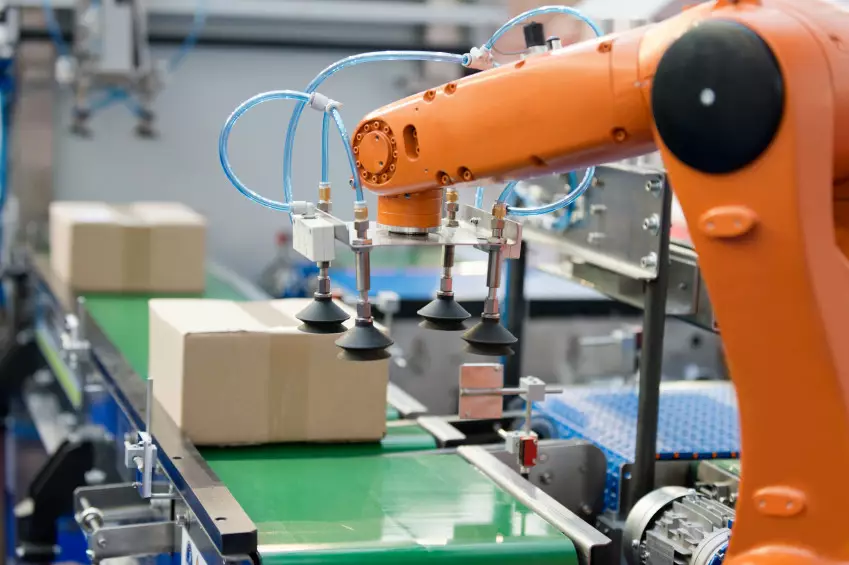Get Lean: eLearning for Manufacturing Automation and Lean Training

If you’re in any way associated with the manufacturing industry, you’ve likely heard the term “lean,” repeated over and over again in a professional context.
While “lean” itself may seem like a buzzword, it does have a lot of important implications for the industry. Namely, manufacturing organizations strive to remain lean in order to become more efficient, keep prices low for customers, and simultaneously deliver a more high quality product.

Everything undertaken in the name of being lean is meant to drive an increase in productivity, and reduce the bottom line for a manufacturing organization. In today’s modern world of manufacturing, where global competition is stiff, these are imperative concepts required to remain successful.
An organization becomes leaner through effective training, and that’s where challenges may be faced.
How do you deliver lean training to employees regardless of their education and background, and perhaps to employees that are in different locations throughout the country and the world? More and more manufacturers are finding the answer lies in eLearning.
The Benefits of eLearning for Lean Training
- eLearning gives the opportunity to convey a clear message to employees as to why things are best done in a lean fashion. Read how Merit Medical does this. Many times employees within the manufacturing industry are seen as more traditional than those in other environments, so they may be less willing to embrace the changes required to adopt lean practices. With eLearning there’s an opportunity to use things like videos, graphics and visual representations of why a new technique is going to be beneficial. It’s the clearest, least ambiguous way to lay out a defined path as to not only how things will be done, but why they should be done in that way.
- The whole idea behind lean training is that it increases productivity, but this doesn’t work when lean training is completed in a classroom setting, where countless hours are lost by employees, and everyone is left to learn at the same pace as the slowest learner in the room. By contrast, eLearning can be done from any device, at any time, and the learner can complete coursework at his or her own pace.
- eLearning reduces the bottom line. Again, one of the primary goals of lean training and production methodology is the reduction of the bottom line, and eLearning saves a tremendous amount of not only time, but also money. There’s no need for a physical learning space, learners don’t require the assistance of other employees or teachers, and all materials are created in an inexpensive multimedia format.
- In terms of troubleshooting, eLearning is an extremely powerful tool. Rather than having to recall the information learned during lean training in the event a problem arises, employees can access the needed information on any device, including a tablet or mobile phone. This saves time, money and prevents much larger problems from occurring later.
- Teaching lean coursework through an eLearning format allows employers to track the progress of employees, whether it’s for a certification or simply to know if an employee is prepared to handle certain aspects of their job.
Tips for Implementing eLearning in a Lean Environment
- Keep training modules short. This is extremely important during the lean training process, because concepts can be complex and the human mind best comprehends and retains information when it’s presented in brief segments or snippets.
- Introduce multimedia scenarios that allow employees to easily see where potential waste is happening. This will give them a real-world way to spot waste in the production environment, and apply it within their position.
- Ensure all training materials are available on-demand for employees to access later when they’re actually on the production floor, or simply need to refresh their memory of lean concepts.
- Lean training can be dull for the learner, so when designing coursework try to add as many interactive components as possible, to keep engagement high. Interactive components can include animation, slideshows, quizzes, forums, click tabs, etc. All of these will help the learner be more active in the learning process, which improves retention.
Ultimately, eLearning and lean training are two concepts that go hand-in-hand, making eLearning an ideal solution for presenting training to employees in a manufacturing situation. Lean standards in the workplace are all about creating more efficiency, which is also the primary goal of eLearning as a whole, meaning the more a manufacturing organization is willing to embrace eLearning, the more they’re going to be able to improve efficiency on a holistic level.